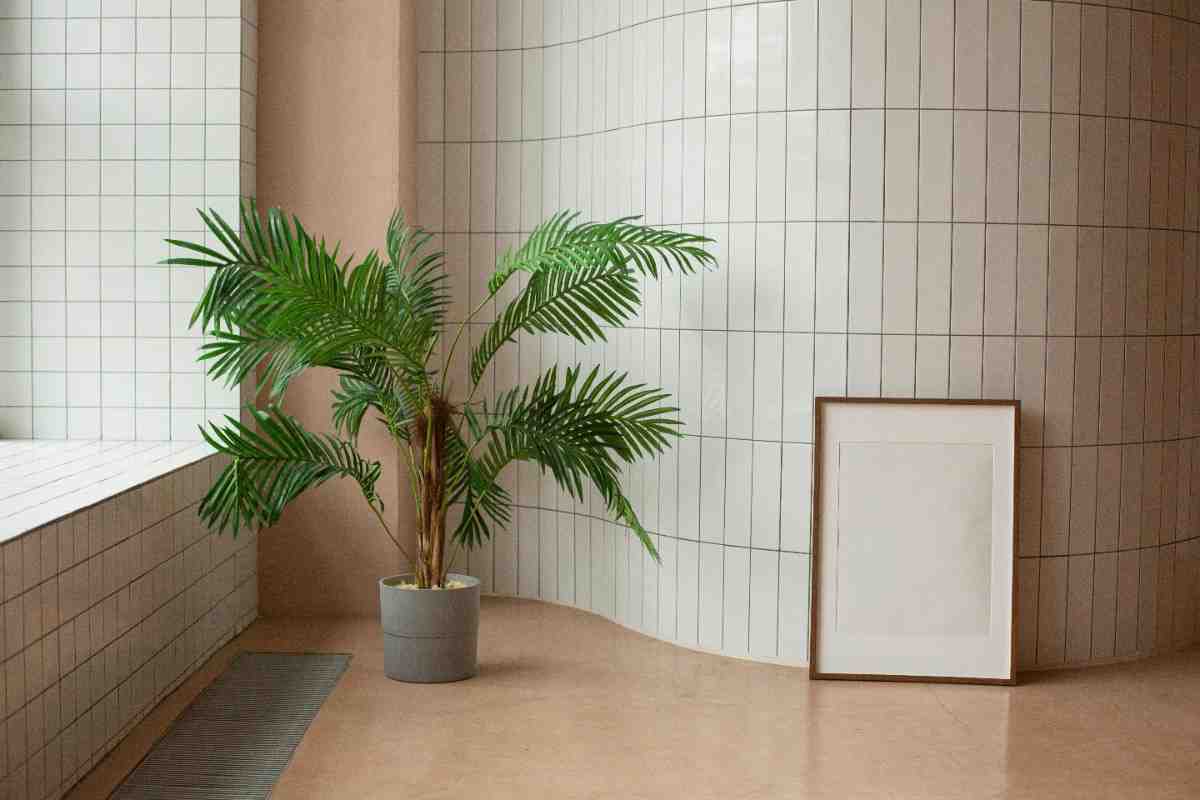Nowadays indoor plants are major players in modern interior design, they are not only aesthetically pleasing, but they also contribute to the quality of air. Among the many ways to show the greenery, plant clusters is one of the most innovative. Plants grouped together attractively but at the same time comply with functional and care requirements. Read on to learn about creative indoor plant cluster design ideas that will take you above and beyond your normal indoor plant décor as well as some practical tips to follow to keep things harmonious.
1. What are Plant Clusters and what are the benefits to in having them as an indoor feature?
Indoor gardening doesn’t have to be so wrought by design trends, it can be more thoughtful, more cohesive, more visually appealing in the form of plant clusters. Here’s why they work so well:
Enhanced Aesthetics: Clusters bring depth, texture and dimension to your space making it feel more dynamic.
Space Efficiency: Plants grouped together optimise small spaces while making the most of using greenery without it seeming cluttered.
Microclimate Benefits: That means plants in clusters end up creating a more humid environment that’s good for their growth.
Easier Maintenance: Within a cluster, similar care needs to a cluster make watering, feeding, and the monitoring easier.
2. Indoor Plant Cluster Design Key Principles
Before diving into specific indoor plant cluster design ideas, let’s explore some guiding principles to ensure success:
a. Complementary Care Needs
Pick out plants that need the same light, water and humidity. One example: In high humidity environments pothos, monstera, and ferns can happily grow side by side.
b. Contrast and Balance
Pair different height, leaf shape and texture to have some visual interest. For example you may pair tall plants such as fiddle leaf figs with the trailing plants like string of pearls.
c. Consistent Containers
When you put pots in a similar style or indeed color, you have created harmony. Or, cheffy them up more with complimentary materials such as terracotta, ceramic and wicker.
d. Focal Point Selection
The central focus of every cluster should be a tall plant or one has striking foliage, to your smaller or trailing plants.
e. Avoid Overcrowding
Clusters must be consistent but delicate enough for each plant to receive enough airflow and growth.
3. Creative Indoor Plant Cluster Design Ideas
a. Corner Cluster Oasis
Turn that empty corner into a beautiful plant sanctuary.
Setup: Mix it up with rubber tree floor plants and medium plants like ZZ. Ivy works well as trailing plants on shelf over.
Benefits: It fills up unused space while adding a wonderful natural focal point in the room.
b. Coffee Table Greenery
When you cluster small plants together on a coffee table, you have created a centerpiece.
Setup: Put some miniature ferns, cacti and succulents in decorative pots for your group. Do a polished look using a tray.
Benefits: No overwhelming table top space—plus adds a touch of charm.
c. Hanging Cluster Displays
Group hanging plants so many can be hung in a vertical space.
Setup: Macramé string off spider plant, string of heart and pothos hangers. Depth is staggered by the heights.
Benefits: Offers a natural canopy effect, but saves floor space.
d. Shelf Symphonies
Layered plant clusters can be created by using wall shelves.
Setup: Put snake plants on the top shelf and small pothos on the bottom levels.
Benefits: Uses wall space to its advantage and brings some dimension to the room.
e. Windowsill Elegance
Bring together some of your things and make a curated cluster to brighten up your windowsill.
Setup: Place sun loving plants, like aloe vera, jade plants and kalanchoe in neat row or staggered pattern.
Benefits: It improves natural light usage as well as improves your view.
f. Statement Entryway Cluster
Plant clusters near your home’s entrance to make a bold impression.
Setup: Tall monstera as a centerpiece with medium and low tall plants such as calatheas and peace lilies.
Benefits: It creates a welcomed atmosphere, while also purifying the air.
4. Practical tips on how maintain a plant clusters.
After you’ve built out your clusters, you need to keep them.
Note: The quote is an edited version of the words of Cathy on the AWS platform sustainability page.
a. Rotate for Even Growth
But rotate the plants periodically so each turns gets exposed to the same amount of light or the plants will be lopsided.
b. Regular Cleaning
Sprinkling the leaves dusts, allowing optimal photosynthesis and keeping the cluster looking sharp.
c. Monitor for Pests
Spider mites, and even pest species of flies, are sometimes hidden in groupings. Look for infection in plants regularly.
d. Water Smartly
Same cluster, but water by individual plant needs. Saucers prevent water damage to surfaces.
e. Fertilize Thoughtfully
Fertilize applied during the growing season, but be careful not to over fertilize because of clustered plants competing for nutrients.
5. Benefits of Indoor Plant Cluster Design Ideas
Aesthetic Impact
Clusters wave life to drabb corners or surfaces, giving visual harmony, as you see. They can also be used ascentration starters or points of conversation.
Functional Advantages
Just help lower the humidity and improve air quality.
Reduction of noise in larger spaces.
Reduced stress, and increase in focus.
Sustainability
Indoor plant clusters support living in a sustainable way and lower the carbon footprints and make living in eco friendly environment.
Harmony with Indoor Plant Cluster Design Ideas
It’s an art of designing indoor space plant clusters that are both attractive and functional. Well matched plants with complementary needs and arranged thoughtfully can form attractive displays which improve your living environment. No matter whether it’s a cosy corner oasis or a sectioning entryway bunch, these indoor plant bunch plan thoughts will help you to turn your home into a green asylum.
Endnote
Indoor plant clusters play a part in almost any space life, beauty and balance. Using these indoor plant cluster design ideas, you can create unique, earthen harmonies in an arrangement that includes not only plants, but also functions to keep them healthy and thriving.
FAQs
1. What goes into picking a cluster of plants?
Choose plants with the same amount of light, water and humidity. You can make groups of tropical plants or succulents.
2. What advantages does plant clustering have?
Grouping small similar care needs makes maintenance easier, saves space, improves air quality, and adds an aesthetic bonus by clustering plants.
3. But how do I prevent overcrowding in plant clusters?
Give the plants some freedom between one another so they can get born, light, and nutrients properly.
4. Are plant clusters feasible in low light areas?
Yes! For dimly lit space use snake plant, pothos, or ZZ plants for creating clusters.
5. How do I take care of plant clusters maintaining a consistent look?
Matching pots, one color or hue palette and then placing the plants by height will provide eyes for your color formula.
6. Are hanging clusters suitable for small space?
Absolutely. As they’re relatively small in size and hanging clusters spend, they save floor space and bring green to vertical areas, making them ideal for a small room(s).




